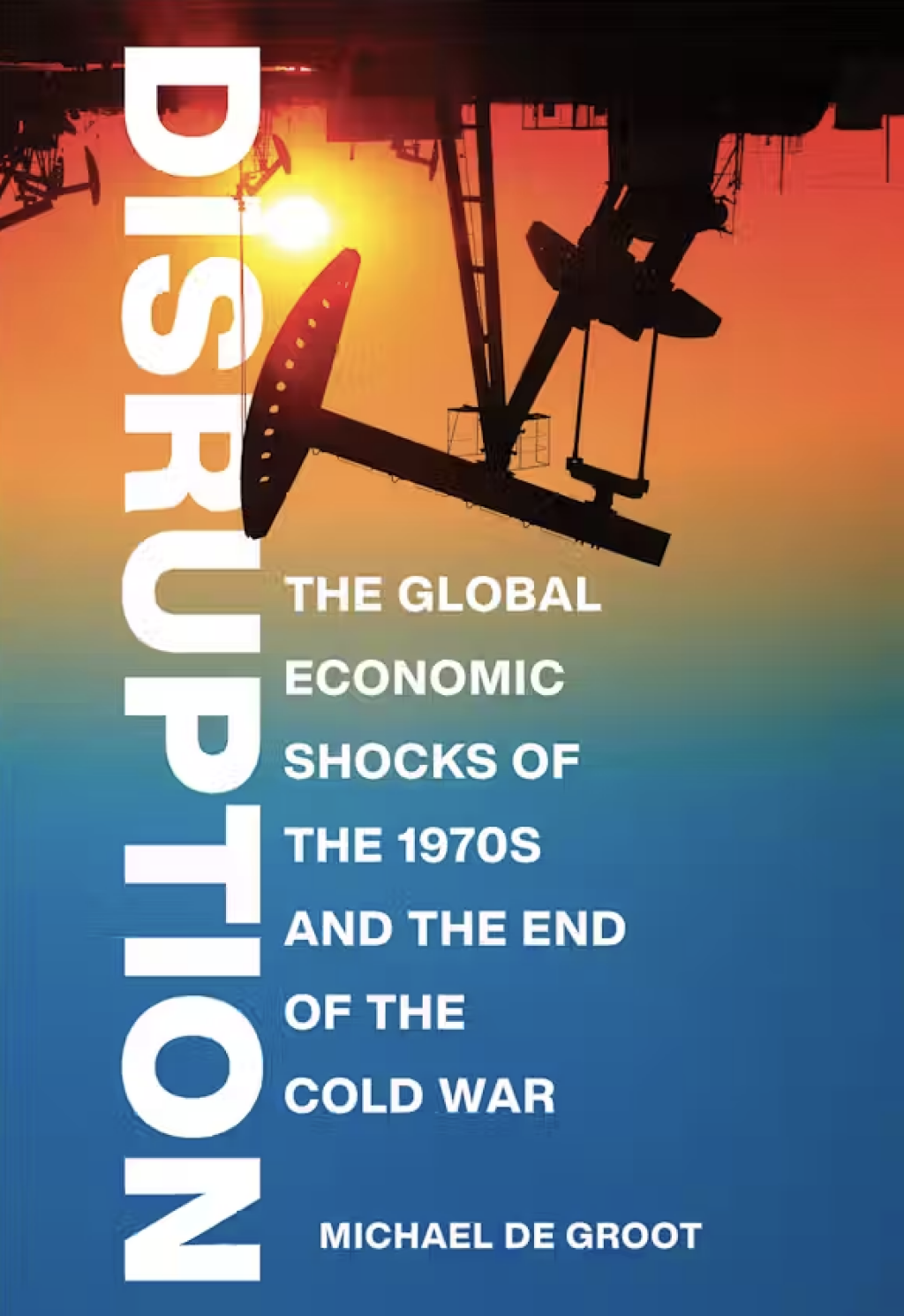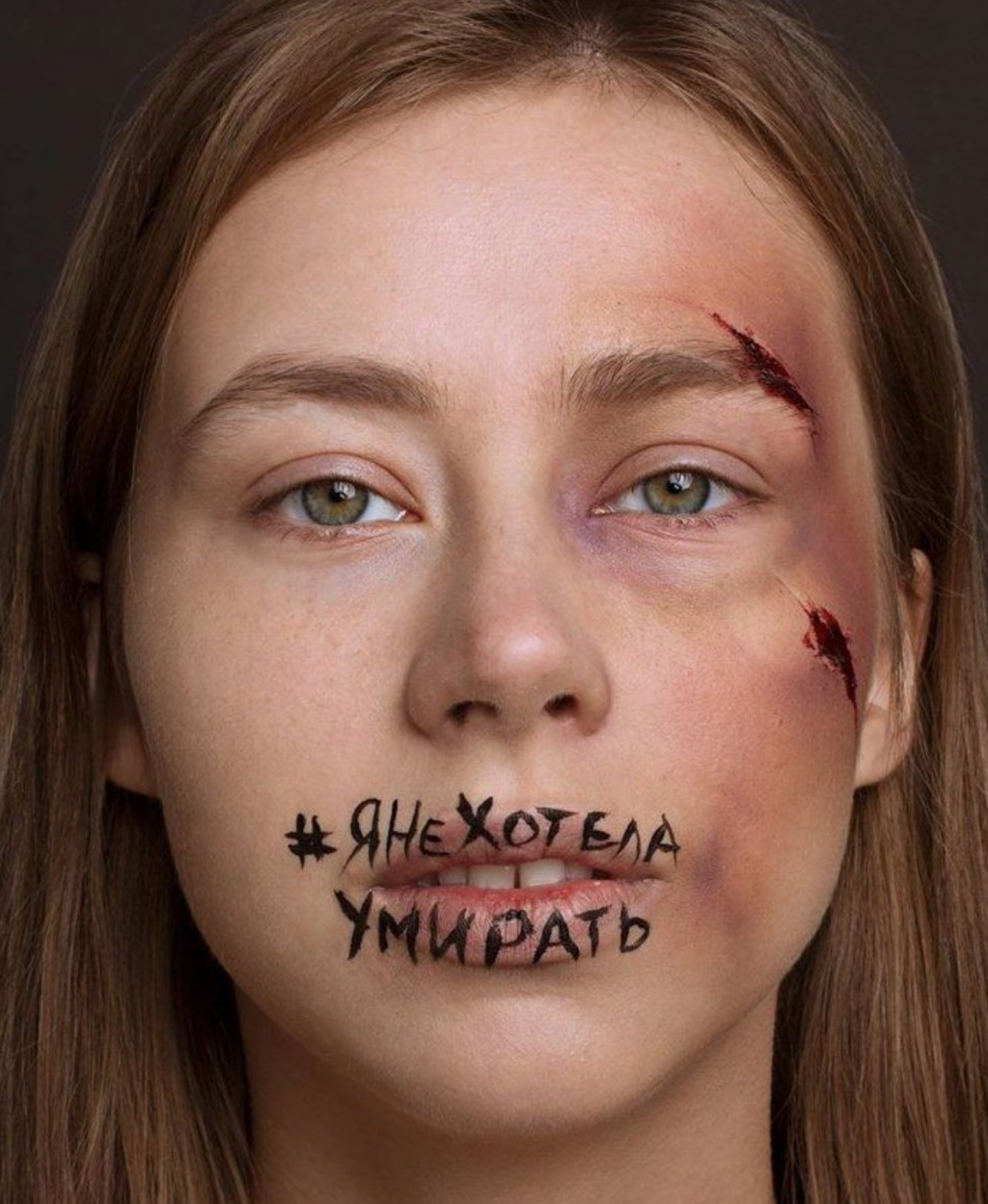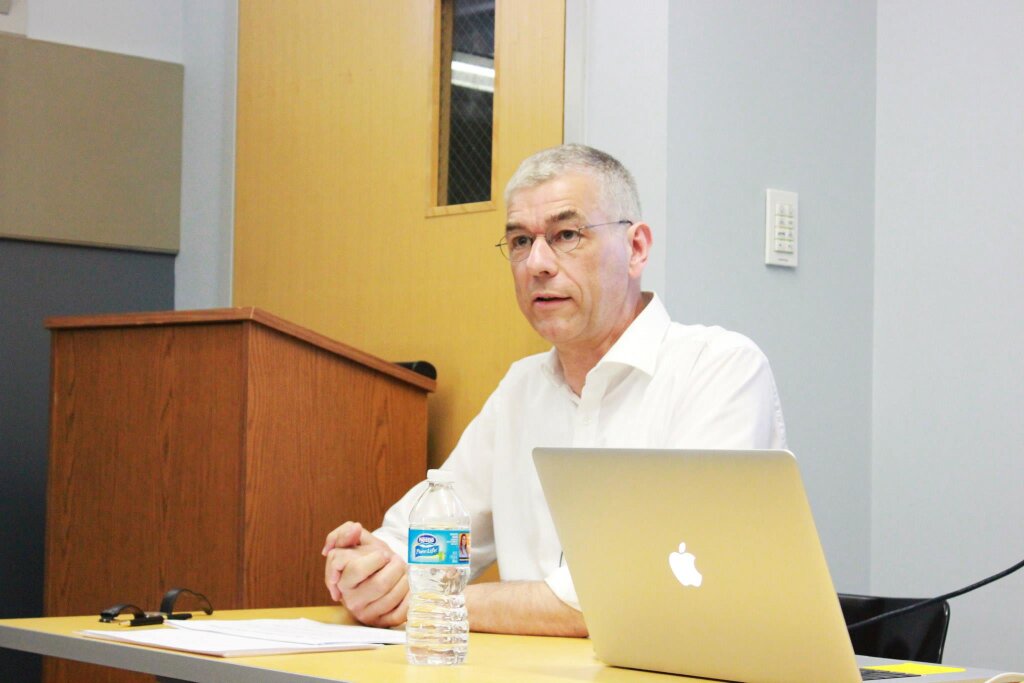Michael De Groot is Assistant Professor of International Studies at Indiana University Bloomington and a W. Glenn Campbell and Rita Ricardo-Campbell National Fellow at Stanford University’s Hoover Institution. He is the author of Disruption: The Global Economic Shocks of the 1970s and the End of the Cold War (Cornell UP, 2024).
The Eastern European revolutions of 1989 marked the end of the Cold War. To the surprise of many contemporaries, Soviet General Secretary Mikhail Gorbachev refused to protect the Eastern European dictatorships with force, and the regimes crumbled as they confronted emboldened opposition movements. Scholars tend to credit Gorbachev’s new approach to Soviet diplomacy, which included respect for human rights, non-interference in domestic affairs, and a desire to improve East-West relations, as key reasons why the Soviet bloc fractured in 1989.
My recent book, Disruption: The Global Economic Shocks of the 1970s and the End of the Cold War, however, challenges this consensus. Disruption contends that the Soviet bloc’s inability to adapt to the global economic shocks of the 1970s played the decisive role in the collapse of Soviet hegemony in Eastern Europe.
The fundamental economic problem confronting the Eastern European regimes in the 1970s was that growth had begun to slow, as it did in many places around the world. Socialist officials feared that if they could not reinvigorate their economies, their claims about the superiority of their system would ring increasingly hollow. They worried that declining living standards would trigger popular protests that would threaten their dictatorships.
Their plan to reinvigorate their economies hinged on using loans from capitalist banks to finance imports of Western technology and machinery. Planners believed that if they combined Western technology and products with inexpensive Soviet raw materials and socialist labor organization, they could develop their own advanced industries. They planned to export part of their production and use the hard currency earnings to pay off their debts. It was an enormous gamble.
The gambit failed. The socialists could not produce goods that the rest of the world wanted to buy, and they fell deeper in debt. By the late 1970s, increasing portions of new credits were used to pay off old loans. The music stopped in the early 1980s when US Federal Reserve Chairman Paul Volcker’s tight monetary policy caused interest rates worldwide to spike and a global recession hit.
The Eastern European regimes struggled to find creditors and to pay their maturing debt. A sovereign debt crisis erupted across the region, most explosively in Poland. To keep Poland solvent, Prime Minister Edward Babiuch saw no alternative to imposing austerity measures. His government raised the price of food in the summer of 1980, and the furious Polish people took to the streets.
Strikers around the country formed an independent trade union called Solidarity, and membership ballooned within a year to an astounding ten million. As Solidarity competed with the regime for the people’s loyalty, Poland went de facto bankrupt and requested the rescheduling of its debt with its private and official creditors.
The Poles begged Moscow for economic assistance, but Polish needs far outpaced Soviet capabilities. Furthermore, the subsidies that the Soviet Union had long provided its Eastern European allies became a source of growing resentment in Moscow, particularly because the Soviet economy itself had begun to stagnate.
Soviet leaders had crushed earlier uprisings such as the Hungarian Revolution of 1956 and the Prague Spring of 1968, and many people on both sides of the Iron Curtain expected that the Kremlin would squash Solidarity. Polish leaders themselves requested Soviet military help.
In a remarkable break from previous behavior, the Soviets resolved not to deploy the Red Army, even if Solidarity overthrew the Polish government. They were already fighting a war in Afghanistan and knew that the fight to subdue Poland would be bloody. The Kremlin would also have to assume responsibility for restoring Poland’s spiraling economy, and Soviet officials like KGB chairman Yuri Andropov feared that the West would impose devastating sanctions on the Soviet Union in response.
The Polish imposition of martial law in December 1981 defused the crisis for the moment, but a tectonic shift in the balance of economic power had taken place. The Kremlin recognized new limits to its ability to intervene in Eastern Europe, and Western institutions filled the vacuum by providing emergency loans to the indebted countries. From this point forward, the Eastern European regimes depended on Western financial assistance for their survival.
The West held the keys to the socialist economies and soon weaponized this leverage by conditioning additional credits on political concessions. Still de facto bankrupt, Poland applied for membership in the International Monetary Fund, for example, but the Ronald Reagan administration insisted that the Polish regime lift martial law and release political prisoners as conditions for withdrawing its objection to Poland’s entry. The West German government guaranteed loans of nearly two billion Deutschemarks from a consortium of banks that kept the East German regime solvent. In return, Bonn demanded that East Berlin provide more freedoms to their people such as the right to emigrate.
By the time that Gorbachev came to power in March 1985, the Eastern European regimes had become financially dependent on the West. Gorbachev acknowledged that the Soviets could do nothing to end this dependence, and the Soviet ability to provide financial relief weakened further after his economic reforms caused the stagnating Soviet economy to collapse. The sudden decline of oil prices in 1985-86 also deprived the Kremlin of desperately needed dollars.
The indebted Eastern European regimes were on their own. Acknowledging that austerity required some degree of popular acceptance, the Polish government agreed to engage in roundtable talks with Solidarity and held free elections in June 1989. The Hungarian revolution followed a similar model. East Germany’s debt service ratio was 150 percent of its hard currency exports by 1989, and the East German regime had resigned itself to giving up its monopoly on political power and loosening restrictions on travel even before the Berlin Wall fell in November 1989. The breach of the Berlin Wall—the ultimate symbol of divided Europe—encouraged protestors to the southeast, and the regimes in Czechoslovakia, Bulgaria, and Romania crumbled as well.
Structural limitations narrowed Gorbachev’s options at every turn but still left room for creative policymaking. He tried to co-opt the revolutions and claimed that they were proof that Western and Eastern Europe were coalescing around a new version of socialism that he promoted.
Gorbachev failed. European officials and their constituents appreciated his respect for human rights and desire to reduce military tensions, but they rejected his vision of the post-Cold War order.
Understanding the causes of 1989 has assumed greater urgency in the backdrop of Russian President Vladimir Putin’s barbaric invasion of Ukraine. A KGB officer stationed in Dresden during the revolutions, Putin had a front row seat for the collapse of Soviet hegemony in Eastern Europe. He blames Gorbachev’s idealism and naivete for squandering Soviet power, and his attempt to crush Ukraine is part of a larger attempt to relitigate the end of the Cold War.
Putin’s explanation of the end of the Cold War is wrong. The Soviets did not retreat from Eastern Europe voluntarily; the bloc collapsed because it could not adapt to the global economic shocks of the 1970s.



